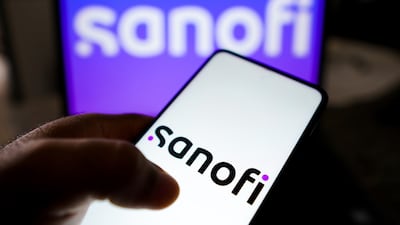Celgene Corp.'s aggressive deal-making strategy could pay off in a big way over the next several years, bringing in billions of dollars in annual sales from new drugs to diversify revenue beyond its multiple myeloma blockbuster Revlimid (lenalidomide) and the hematology/oncology franchise that dominates the company's commercial portfolio.
The deal-making strategy has been successful in filling Celgene's pipeline with several high-profile assets at a time when its large biotech and big pharma peers also are putting more emphasis...
Coming soon…
More exclusive Scrip 100 features and the full Scrip 100 2018 review







